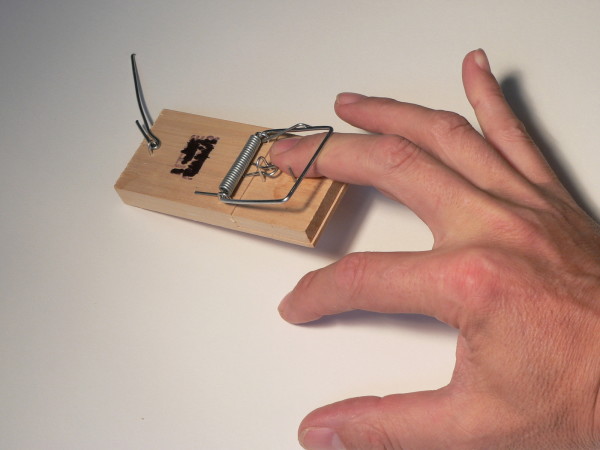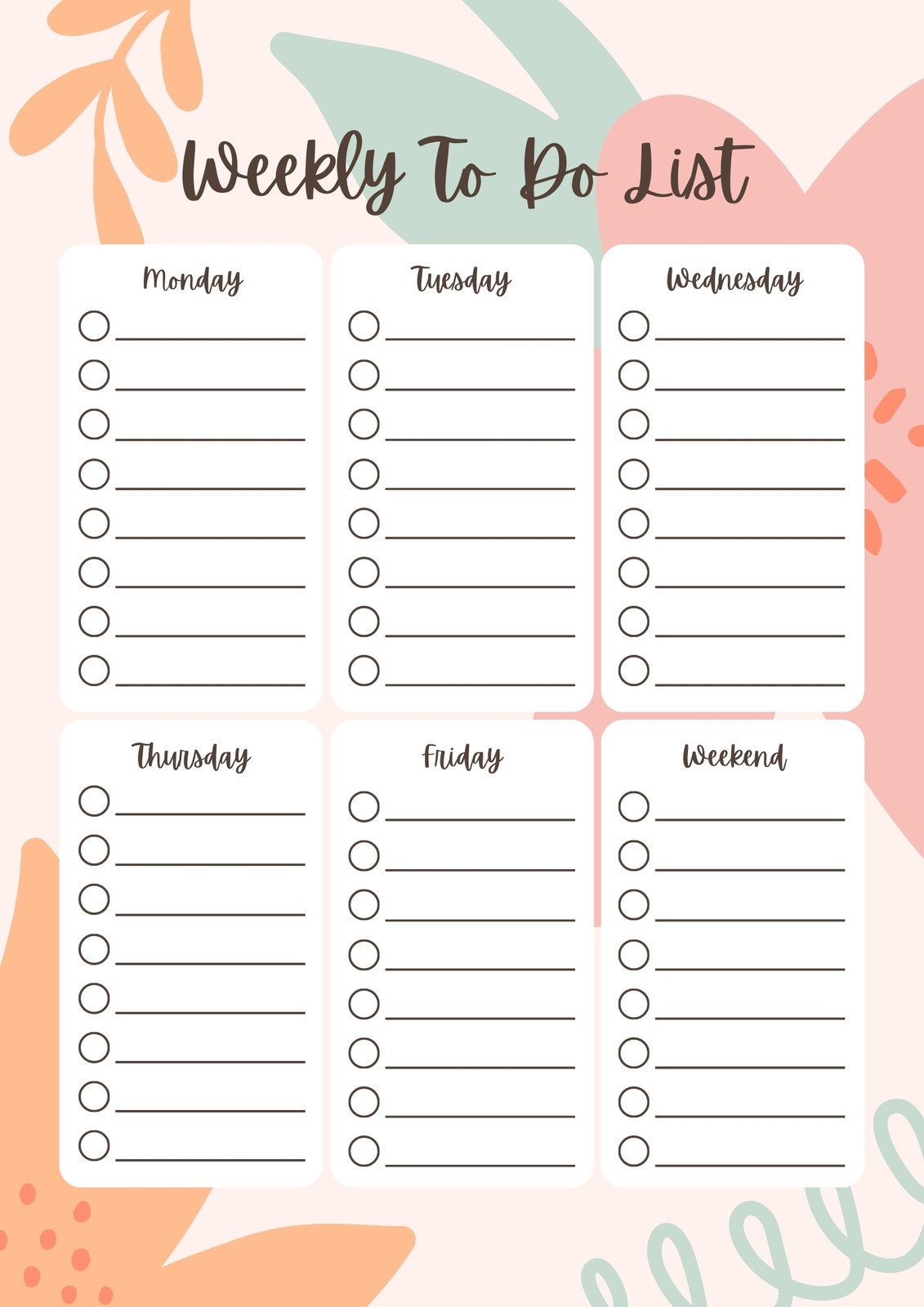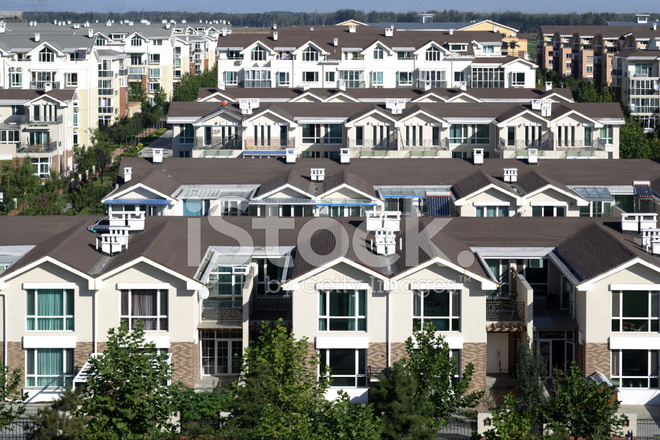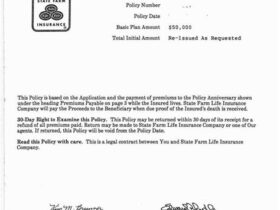Homeowners insurance is a crucial type of property insurance that protects your most valuable asset: your home. It’s more than just a policy; it’s a safety net providing financial protection against a wide range of unforeseen events. This article aims to provide a clear definition of homeowners insurance, explain what it covers, and help you understand how it works in the United States.
What is Homeowners Insurance?
Homeowners insurance, often abbreviated as HOI, is a multi-line insurance policy designed to safeguard a private residence. Unlike single-line policies that cover specific risks, homeowners insurance combines various personal insurance protections into one comprehensive package. This package typically includes coverage for:
- Damage to the home’s structure
- Damage to the homeowner’s personal belongings inside the house
- Additional living expenses incurred if the homeowner needs to temporarily reside elsewhere due to covered damage to their property
- Liability coverage for injuries or property damage that the homeowner or their family members (including pets) may cause to others.
Homeowners insurance serves as a financial shield, protecting homeowners from potentially devastating losses arising from disasters, accidents, or liability claims.
Core Components of a Homeowners Insurance Policy

A standard homeowners insurance policy is structured around several key coverage areas, each with its own coverage limit. These limits are often expressed as a percentage of Coverage A, which is the coverage amount for the main dwelling. Understanding these components is critical for selecting the right policy for your needs.
Dwelling Coverage (Coverage A): This is the cornerstone of the policy, covering the cost to repair or rebuild your home’s structure if it’s damaged by a covered peril. The coverage amount should ideally reflect the estimated replacement cost of your home, not its market value.
Other Structures Coverage (Coverage B): This covers structures on your property that are not attached to your main dwelling, such as garages, sheds, fences, and gazebos. Coverage limits are usually a percentage of Coverage A, often around 10%.
Personal Property Coverage (Coverage C): This protects your personal belongings, including furniture, clothing, electronics, and appliances, against covered perils like fire, theft, or vandalism. Most policies cover personal property at its actual cash value (ACV), which factors in depreciation. Replacement cost coverage (RCC) is also an option to replace items at their current cost without deducting depreciation.
Loss of Use Coverage (Coverage D): Also known as additional living expenses (ALE) coverage, this pays for temporary housing and living expenses if your home becomes uninhabitable due to a covered loss. This could include hotel bills, restaurant meals, and other necessary costs.
Liability Coverage (Coverage E): This protects you financially if someone is injured on your property or if you accidentally damage someone else’s property. It covers legal fees, medical expenses, and settlements up to the policy’s limit.
Medical Payments Coverage (Coverage F): This covers medical expenses for guests injured on your property, regardless of who is at fault. It has a lower coverage limit than liability coverage and is designed to handle smaller claims quickly.
Perils Covered: Named vs. Open

Home insurance policies differ in how they define the perils they cover. There are two main types: named perils and open perils.
- Named Perils: A named perils policy specifically lists the perils it covers. If a loss occurs due to a peril not listed, it’s not covered. Basic and broad form policies typically fall into this category. Common named perils include fire, lightning, windstorm, hail, theft, and vandalism.
- Open Perils: Also known as “all-risk” or “special form” coverage, an open perils policy covers all losses except those specifically excluded in the policy. This provides broader protection than a named perils policy. Common exclusions include earthquake, flood, war, and nuclear hazards.
Factors Affecting Homeowners Insurance Costs

Several factors influence the cost of homeowners insurance, including:
- Location: Homes in areas prone to natural disasters or with higher crime rates typically have higher premiums.
- Coverage Amount: The more coverage you need, the higher your premium will be. This includes the dwelling coverage limit and any additional coverage options.
- Deductible: The deductible is the amount you pay out-of-pocket before your insurance coverage kicks in. A higher deductible generally results in a lower premium, but you’ll need to pay more if you file a claim.
- Home’s Age and Condition: Older homes may have higher premiums due to the increased risk of needing repairs. A well-maintained home can often qualify for lower rates.
- Safety Features: Having security systems, smoke detectors, and other safety features can reduce your premium.
- Credit Score: In many states, insurance companies use credit scores to assess risk. A good credit score can result in a lower premium.
The Claims Process

Filing a home insurance claim involves a series of steps:
- Mitigate Further Damage: Take steps to prevent further damage to your property after a covered loss.
- Notify Your Insurer: Contact your insurance company as soon as possible to report the loss.
- Document the Damage: Take photos and videos of the damage to provide evidence for your claim.
- Complete a Claim Form: Fill out a claim form provided by your insurer, providing details about the loss and the damage.
- Meet with an Adjuster: An insurance adjuster will inspect the damage and assess the extent of the loss.
- Receive a Settlement Offer: The insurer will provide a settlement offer based on the adjuster’s assessment.
- Negotiate if Necessary: If you disagree with the settlement offer, you can negotiate with the insurer.
- Receive Payment: Once you agree on a settlement, you will receive payment from the insurance company.
Conclusion
Homeowners insurance is a vital financial tool for protecting your home and assets. Understanding the different types of coverage, the perils covered, and the factors that affect costs can help you make informed decisions when choosing a policy. By carefully evaluating your needs and comparing quotes from multiple insurers, you can find a policy that provides adequate protection at a price you can afford. It’s always best to review your policy annually and make adjustments as needed to ensure it continues to meet your changing circumstances.





Leave a Reply